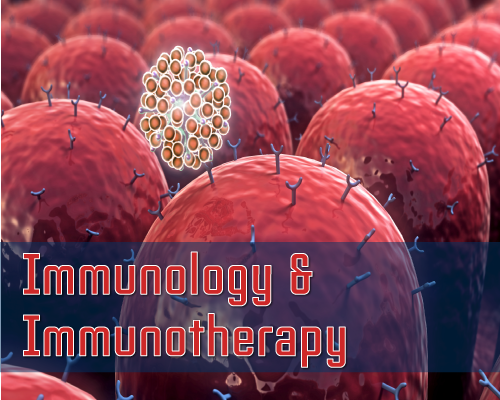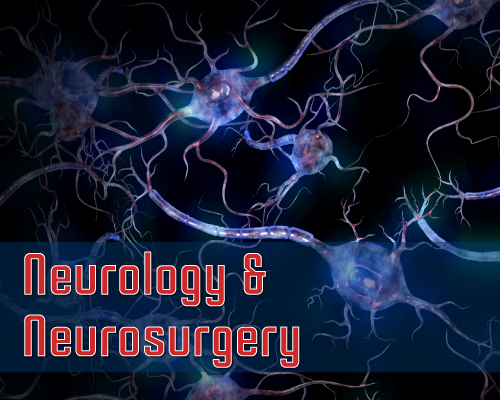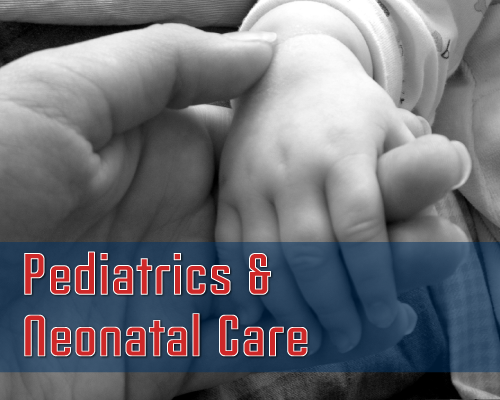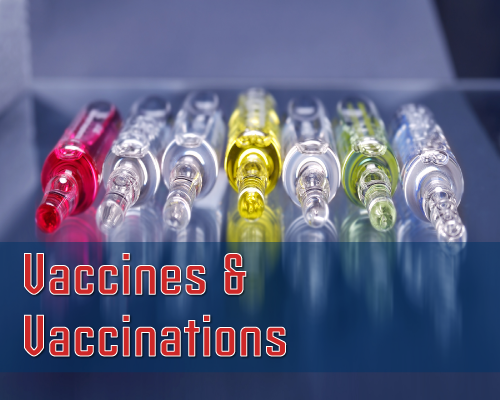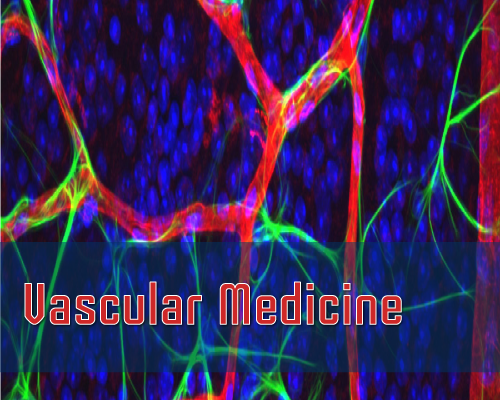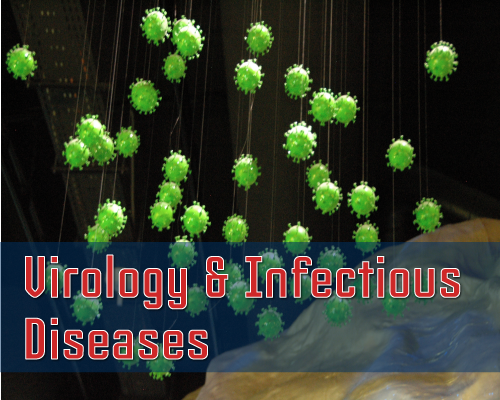Volume 2 Issue 1
Research Article: Evaluation of Modifiable Factors Leading to Intraoperative Contamination from Surgical Helmet Systems
David B. Johnson1*, Tyler Noble2, Jacob J. Triplet1 and David Maish2
Background: Periprosthetic Joint Infections (PJI) pose significant challenges to the patient, surgeon and health care system. With a continued rise in arthroplasty procedures, methods to minimize PJI should be explored. Recent literature has demonstrated increased contamination at the Gown Glove Interface (GGI) using modern surgical toga systems, predisposing to PJI. The role of modifiable risk factors for contamination such as helmet fan speed, toga waist tightness, and gloving techniques are unknown. Here, we evaluate fluorescent particle egress at the GGI following modification of sterile gowning technique for surgical helmet systems.
Methods: Twelve standardized Total Knee Arthroplasty (TKA) simulations were performed utilizing Total Shield Surgical Togas and helmets. Fluorescent powder and ultraviolet light were used as a means of detecting contamination prior to, and following, standard double-glove gowning and compared with modifications in helmet fan speed, toga waist tightness, and a commonly used alternate gloving technique.
Results: No particle contamination was identified outside of the outer-glove for any simulation irrespective of fan speed or toga waist tightness. However, powder was noted to have migrated through the pervious elastic wrist cuff and onto the gown nearing the sterile boundary when a standard double gloving technique was utilized. The commonly used alternate gloving technique, of under-gloves placed prior to the toga, revealed no particle egress through the cuff or near the GGI.
Conclusions: Alternate gloving may minimize contaminant egress. Fan speed and toga waist tightness have little effect on particle egress at the GGI.
Cite this Article: Johnson DB, Noble T, Triplet JJ, Maish D. Evaluation of Modifiable Factors Leading to Intraoperative Contamination from Surgical Helmet Systems. Int J Ortho Res Ther. 2018;2(1): 008-012.
Published: 25 September 2018
Case Report: Intraoperative Anterior Dislodgement of a Cage into Retroperitoneal Space during Posterior Lumbar Interbody Fusion: a Case Report and Review of Literatures
Chaisiri Chaichankul*, Sakpan Panyaporn and Pawin Gajaseni
st
Background: Posterior lumbar interbody fusion is acknowledged as the technique designed to take an advantage of making circumferential fusion by a single approach while avoiding the injury to anterior vascular structures. However, due to the increasing usage of the interbody techniques, there are emerging case reports and series of the vascular injury followed by the interbody fusion in addition to ALIF.
Material and methods: The author's demonstrated case by showing the incident during intra-and postoperative period, imaging studies related to the incident, and tried to investigate the incidence to reveal causes of surgery-related anterior cage dislodgement.
Conclusion: To consider risk factors related to the incident of major abdominal vessel injury during PLIF is important. In addition to the disc preparation step, a step of insertion the cage inside intervertebral disc space is also risky especially if two cages or larger cage are planned to be use. The preoperative planning is necessary to reduce this unfavorable complication.
Keywords: Posterior lumbar interbody fusion; Anterior cage dislodgement; Abdominal vascular injury
Cite this Article: Chaichankul C, Panyaporn S, Gajaseni P. Intraoperative Anterior Dislodgement of a Cage into Retroperitoneal Space during Posterior Lumbar Interbody Fusion: a Case Report and Review of Literatures. Int J Ortho Res Ther. 2018;2(1): 005-007.
Published: 16 July 2018
James Choueiry*, Gilbert Maroun, Charbel Kosaify, Mark A. Ghaida, Luke Heinrichs, Edgard Traboulsi, Davide Aliani and Charbel Maroun
Primary hydatidosis of the tibia is a rare disease. In an endemic area, it should be considered in the differential diagnosis of a hypolucent osteolytic lesion on x-ray. If not properly managed, anaphylactic shock may occur intraoperatively, as well as increased recurrence of the disease. This is a case report of a primary tibial hydatid cyst, treated first with curettage and phenolizaton, and then after recurrence, with total knee arthroplasty. We will review the literature of the diagnosis and the treatment of a tibial hydatid cyst.
Cite this Article: Choueiry J, Maroun G, Kosaify C, Ghaida MA, Heinrichs L, et al. Primary Hydatidosis in the Tibia, an Essential Preoperative Diagnosis. Int J Ortho Res Ther. 2018;2(1): 001-004.
Published: 28 February 2018
Authors submit all Proposals and manuscripts via Electronic Form!












